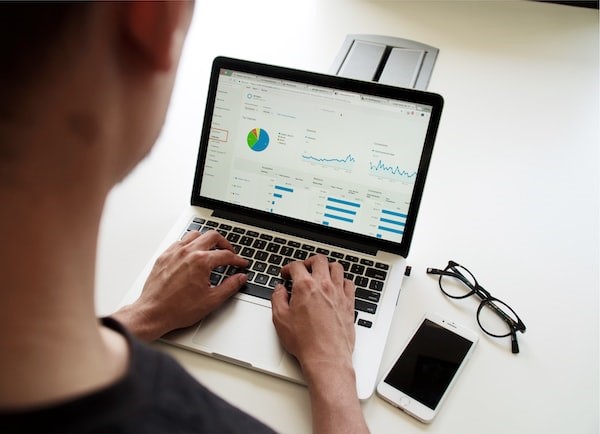Business intelligence (BI) is a process that helps organizations collect, organize, analyze, and report on data. BI is becoming an integral part of conducting modern business. Today, we’ll explore BI, what it is, and how companies can use it to their advantage. Keep reading to learn more about business intelligence.
Understanding Business Intelligence
The business intelligence definition is a process that extracts valuable insights from data to help businesses make better decisions. BI tools allow users to analyze data, identify trends and patterns, and make predictions. BI can help businesses improve performance, optimize operations, and make better strategic decisions.
BI is often divided into four main components that include data acquisition, data cleansing, data analysis, and data visualization. Data acquisition refers to the process of collecting data from various sources, including internal and external data sources. Data cleansing involves cleaning and organizing data so that it’s ready for analysis. Data analysis is the process of analyzing data to identify trends and patterns. Finally, data visualization refers to the process of converting data into visual representations, such as graphs and charts, so that it’s easier to understand.
BI can be used in various industries, including banking, retail, healthcare, and manufacturing. BI can help businesses in all industries make better decisions and improve performance.
The Types of Business Intelligence
There are three main types of BI that include descriptive, diagnostic, and prescriptive. Descriptive BI provides a high-level overview of what is happening in the business. It includes reports on sales, expenses, profits, and other key metrics. This type of BI can help business leaders get a broad understanding of how the business is performing.
Diagnostic BI helps business leaders identify and troubleshoot problems. It includes reports on specific areas of the business, such as sales or marketing. This type of BI can help business leaders identify areas where they need to make changes to improve performance.
Prescriptive BI provides recommendations on how to improve the business. It uses sophisticated algorithms and analytics to identify patterns and trends in data and then provides recommendations on how to act on that information. This can include recommendations on how to improve business processes, how to increase sales, or how to reduce costs.
Using Business Intelligence for Decision-Making

Organizations use BI to understand their businesses at a deep level. By analyzing data from different parts of the business, they can identify trends and patterns that would otherwise be hidden in isolated data silos. This understanding can help them make better strategic decisions about where to allocate resources and how to respond to changes in the market.
BI also helps organizations make tactical decisions about specific areas, such as product development or customer service. For example, a company might use BI to determine which products are selling well in which regions so that they can focus their marketing efforts on those products. Or they might use BI to see which customers are most likely to churn so that they can take steps to retain those customers.
The goal of BI is to give organizations the information they need to make informed decisions that will improve their business performance.
Using Business Intelligence for Strategic Planning
Organizations use business intelligence for strategic planning in various ways. One way is to use past performance data to predict future performance. This can be done by trend analysis, which looks at historical data to identify patterns and then uses that information to forecast future performance. Forecasting can help organizations determine what products and services to offer, how much inventory to produce, and what prices to charge.
Another way organizations use business intelligence for strategic planning is through market analysis. This involves studying the characteristics of a particular market, including its size, demographics, and competition. Organizations can use this information to determine where to focus their resources and how to best position their products and services.
Finally, business intelligence can be used for strengths, weaknesses, opportunities, and threats (SWOT) analysis. SWOT is a tool that can help organizations identify their competitive advantages and disadvantages. It can also help them identify opportunities and threats in the market. SWOT analysis can be used to develop strategic plans and to make decisions about which products and services to offer and how to best compete in the marketplace.
Utilizing Business Intelligence
Business intelligence is a crucial part of staying competitive in the current business climate. By utilizing BI for decision-making and strategic planning, enterprises can improve their business performance.














